Contractility
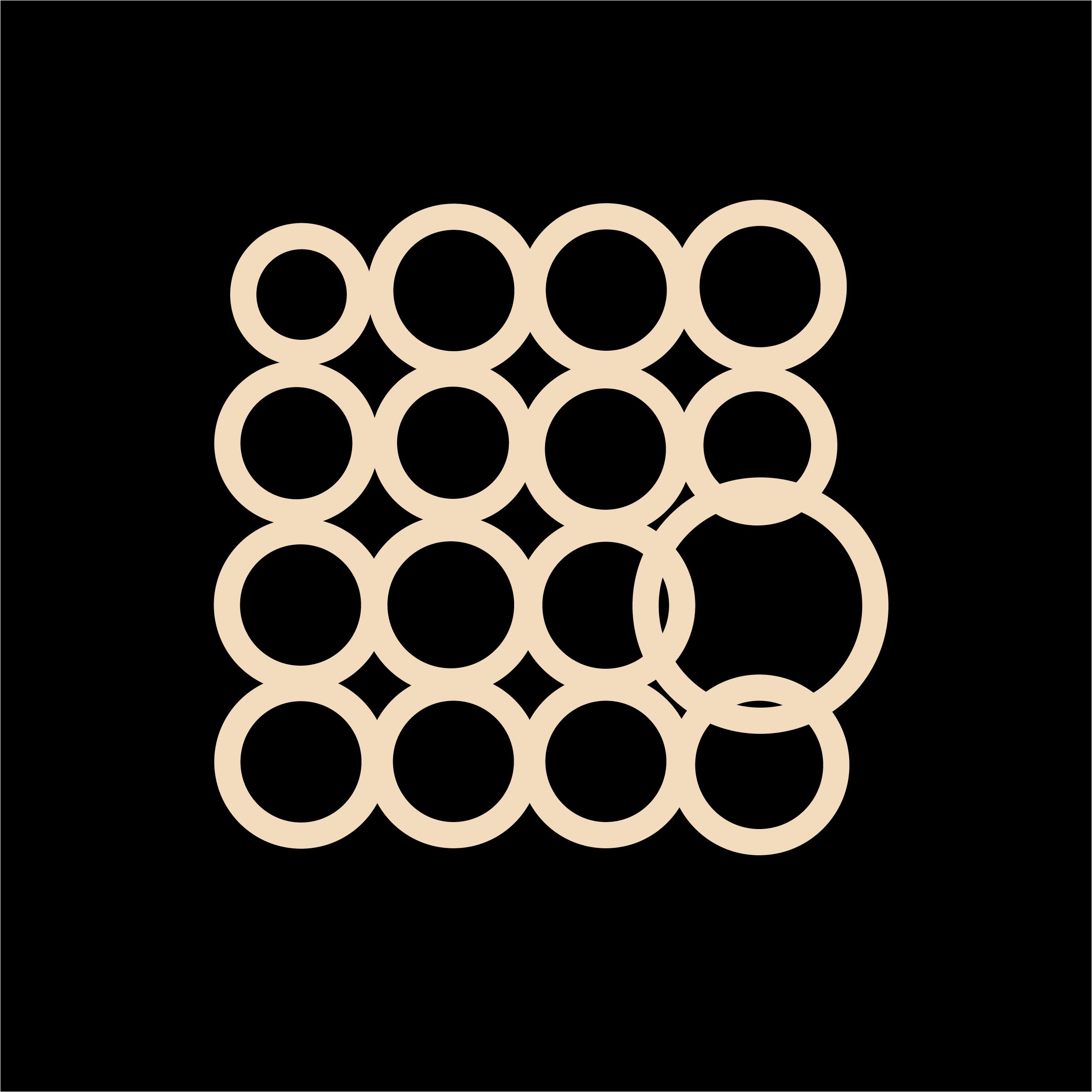
Contractility: Using array-based impedance
Every beat of the heart is characterized by a contraction of the heart that pumps the blood out to the body. When cardiomycoytes are cultured on top of electrodes, they form a spontaneously beating syncytium. With each beat, the cells contract and relax, changing their shape and coverage over the electrodes. These changes can be measured as a change in impedance, or contractility.
Contractility is often used to characterize the mechanical properties of induced pluripotent stem cell-derived cardiomyocytes and to detect the effects of compounds on cardiac contractile function (e.g. inotropes). Measures such as beat amplitude, beat period, and excitation-contraction delay reveal changes in contractile function due to cardiomyocyte maturation or compound addition.
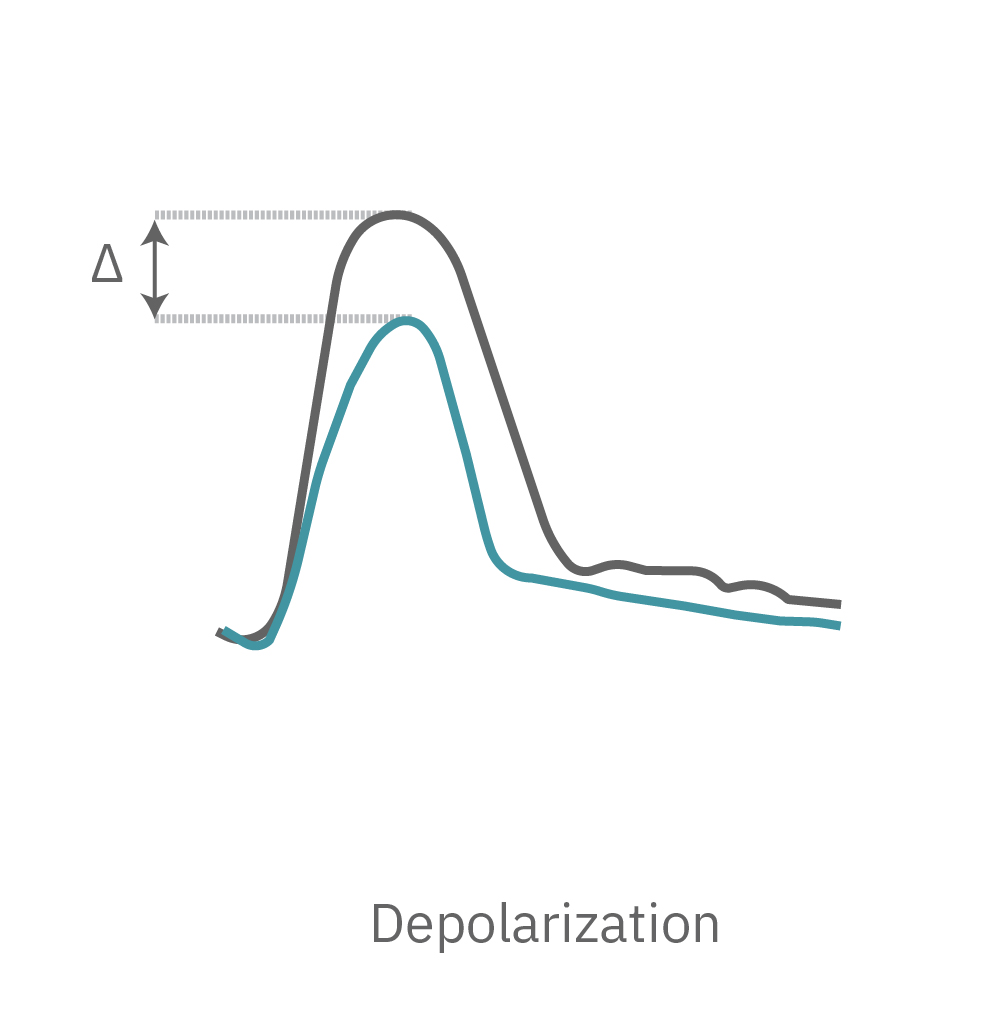
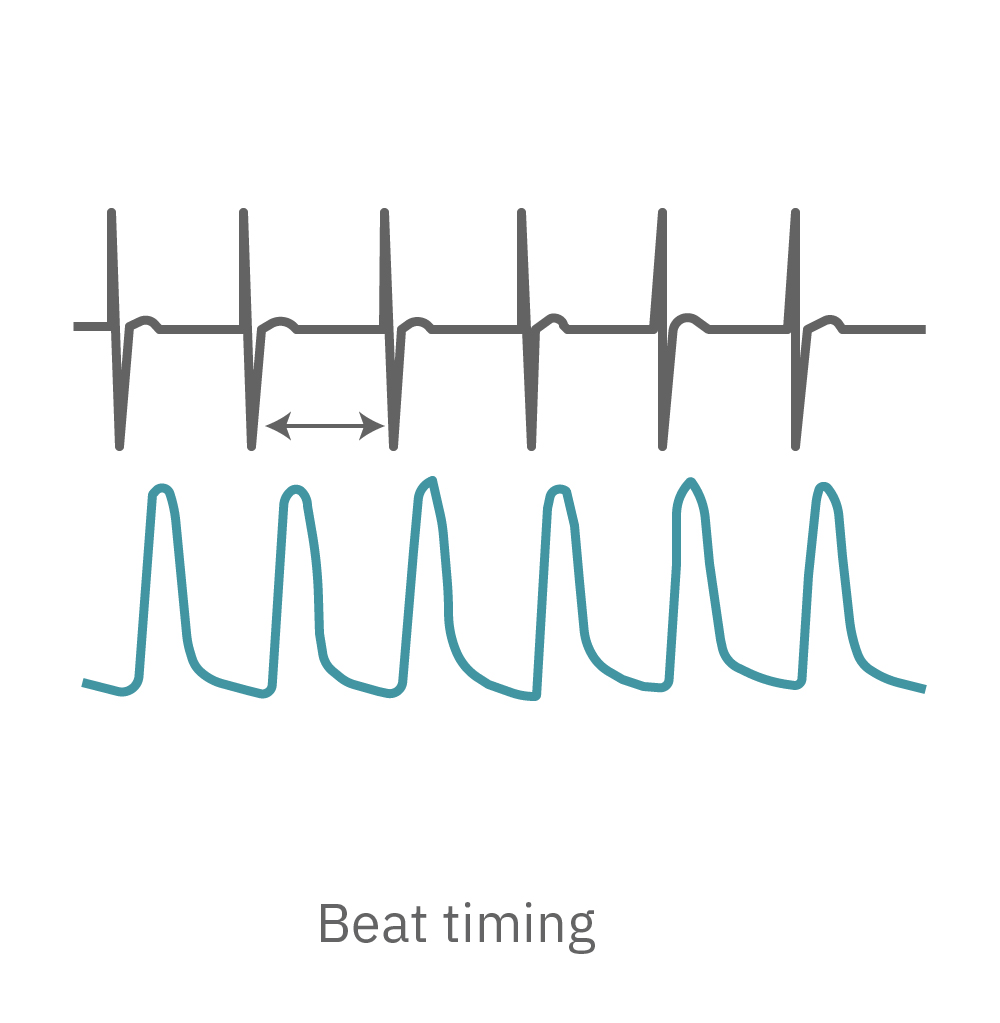

The Maestro Pro and Edge provide key parameters of cardiomyocyte contractile function, including beat amplitude, beat period, and excitation-contraction delay. The Maestro systems are the only platforms that can measure the coupling between the electrical (field potential) and contractile signals from the same cells over the same electrode at the same time.
Most contractility platforms measure contractility from one or two large electrodes. The Maestro Pro and Edge use an array of microelectrodes to measure high-resolution contractility from multiple locations across the syncytium. Array-based contractility can be used to track propagation and characterize variability. In addition, by simultaneously monitoring both the field potential and the contraction from the same electrode, the Maestro provides highly precise measurements of beat timing and excitation-contraction delays.
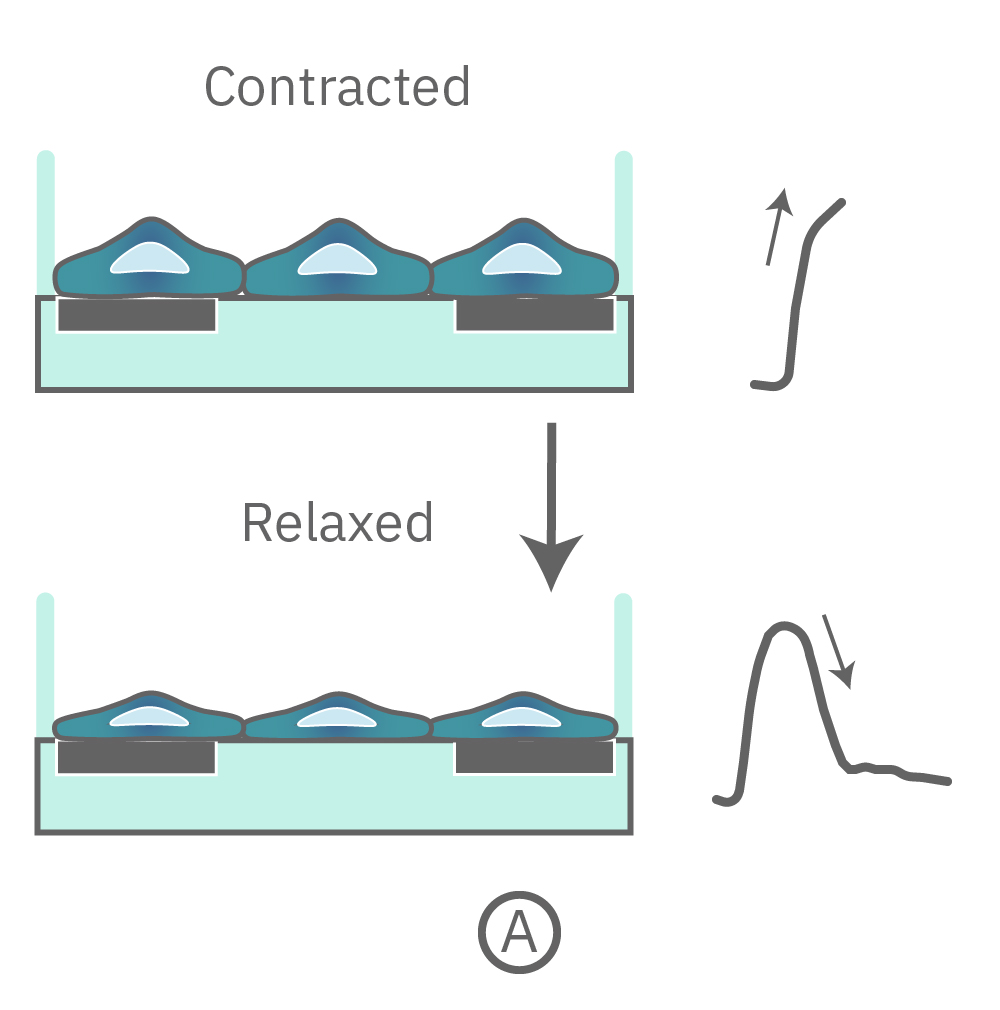
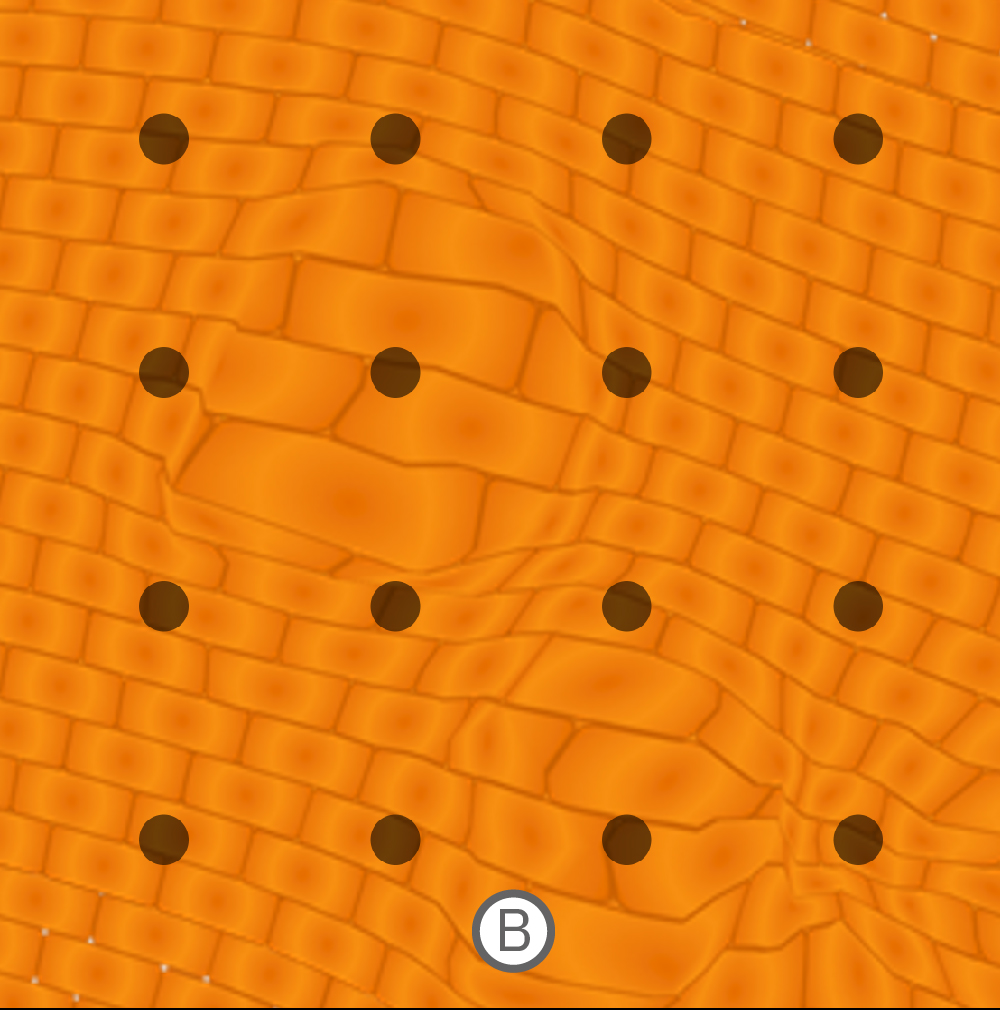
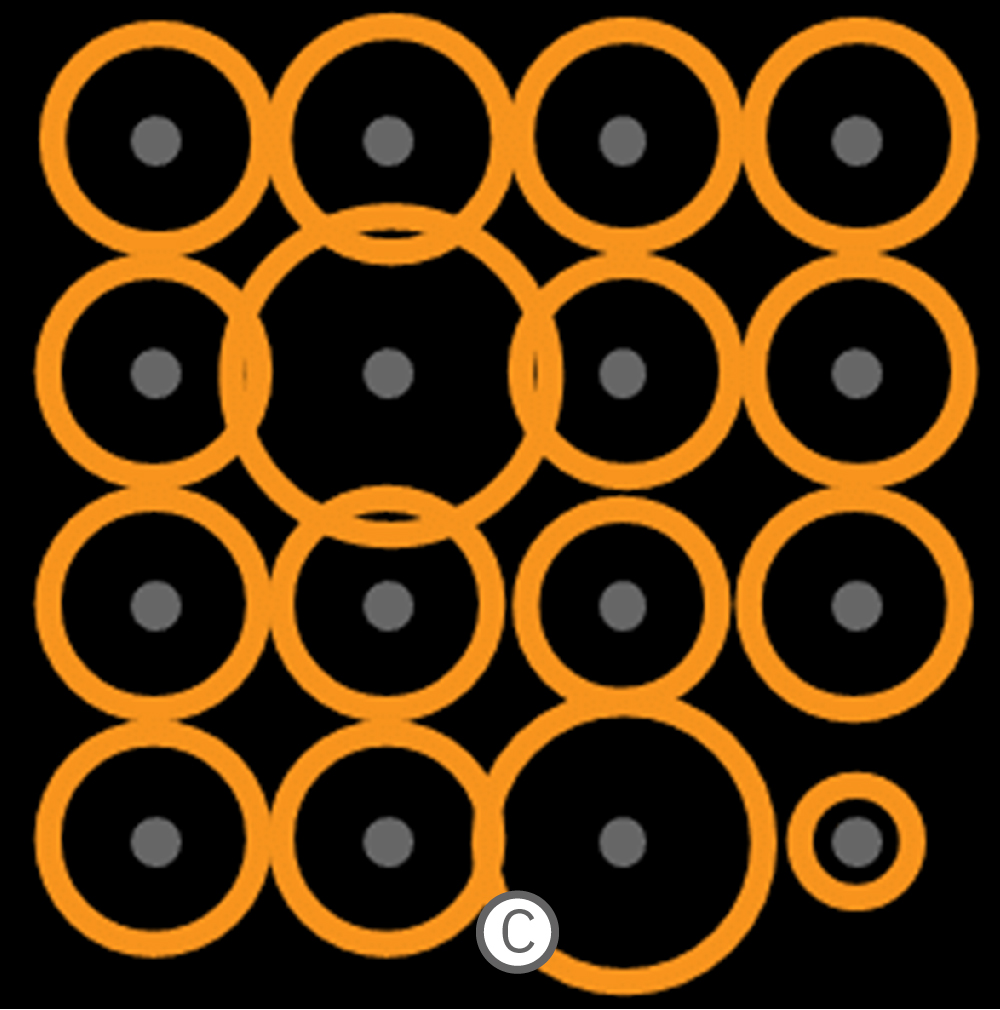
(A) Contraction and relaxation are detected as an increase and decrease in contractility (gray arrows). (B) The microelectrode array detects regions that are contracting while others are being stretched. (C) This pattern is represented as a contractility map, where the relative size of each circle indicates whether local cells are contracting or being stretched.
Contractility in 3D
Using an array of microelectrodes for contractility offers many advantages, including assessing variability across the syncytium and variations in cell culture coverage. Recording from microelectrodes enables advanced applications, such as measuring contractility from multiple 3D cardiac spheroids in the same well. A larger electrode would either smear these signals or fail to detect them at all. The microelectrodes provide high spatial resolution recordings to detect the distinct beating patterns in each area of the well.
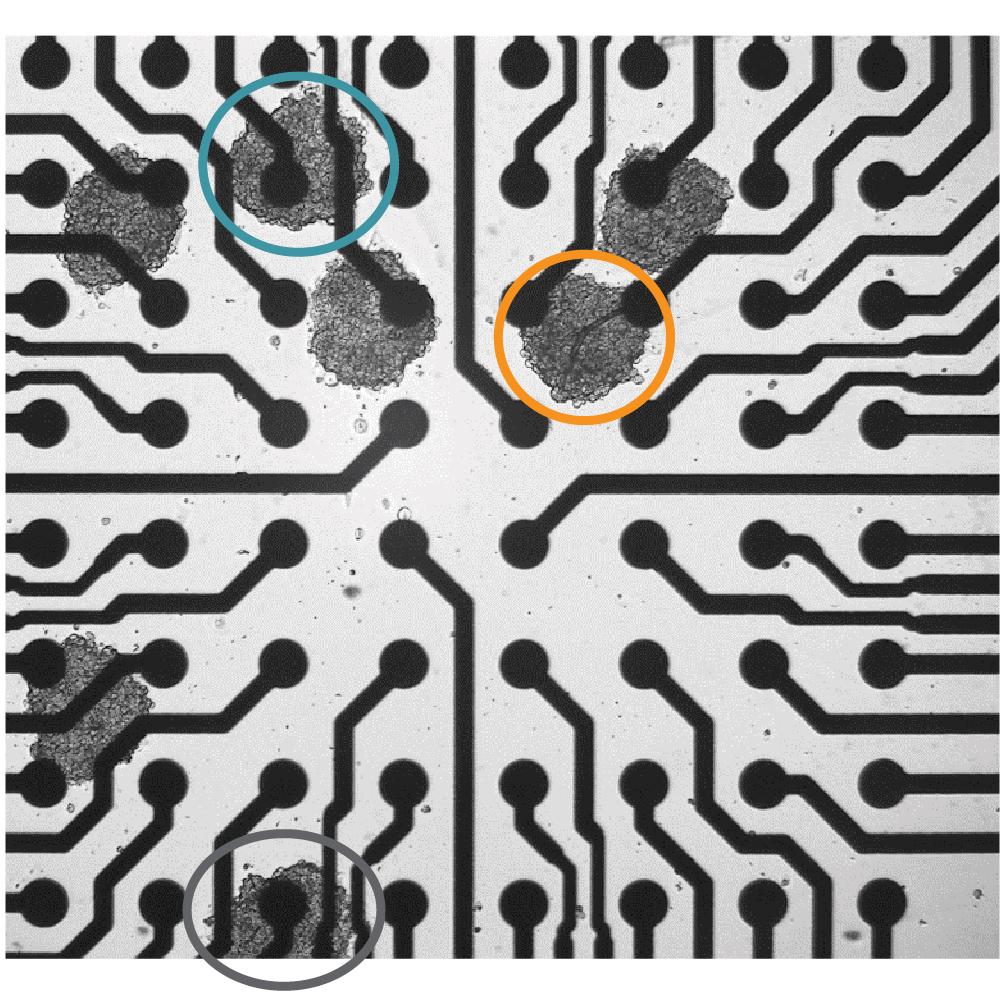
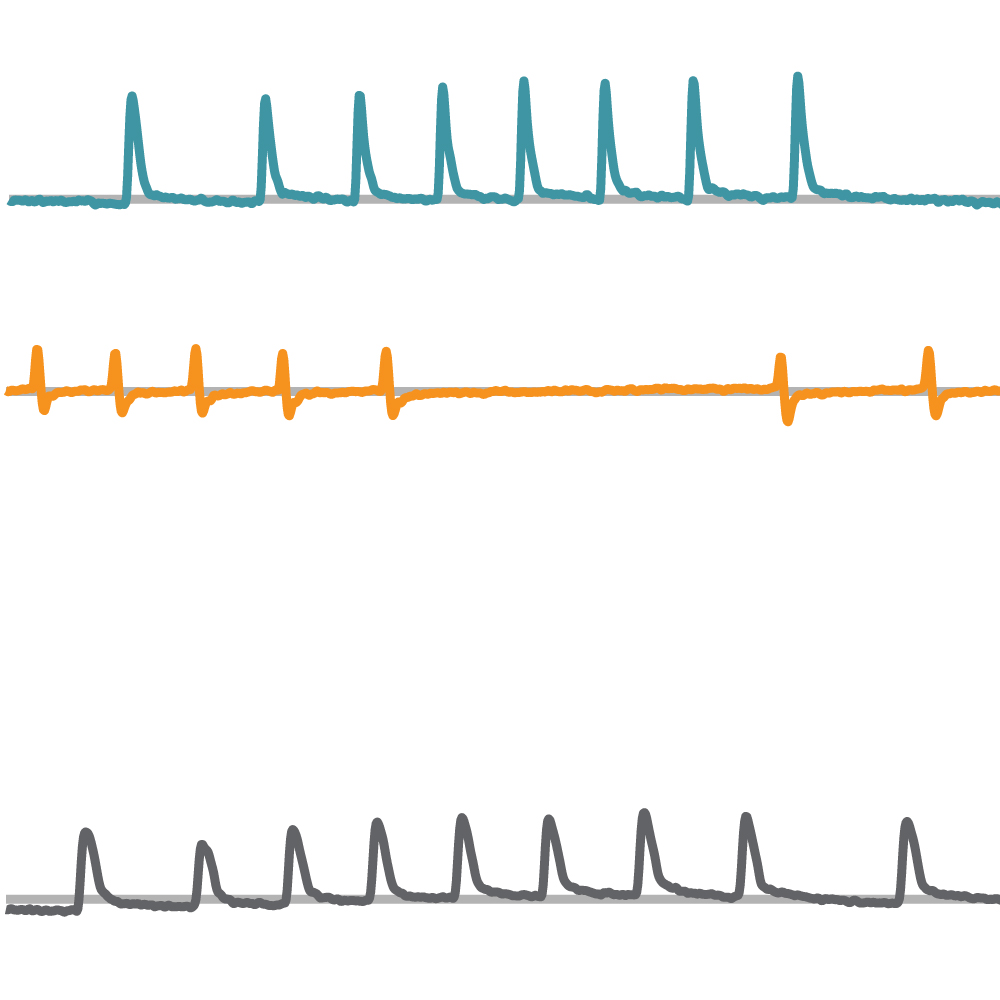
Seven spheroids of human induced pluripotent stem cell-derived cardiomyocytes were deposited in a CytoView MEA 6-well plate. The spheroids beat independently, exhibiting unique contractile patterns that were detected and distinguished using array-based contractility on the Maestro.